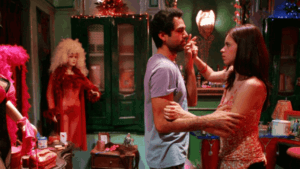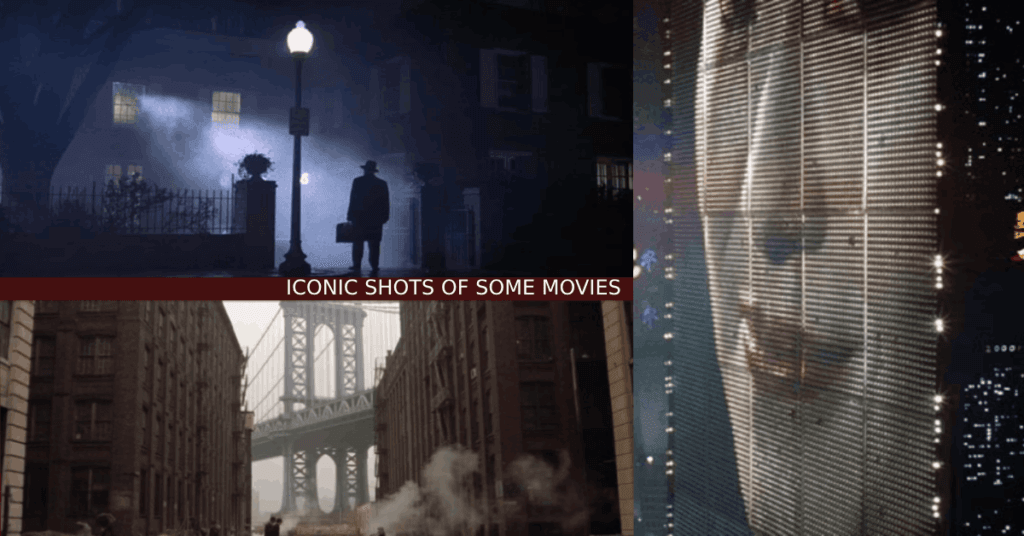Imagine watching a film with the sound turned off. No dialogues, no background score—just moving images on the screen. And yet, despite the silence, the story unfolds clearly. You feel the tension in a dimly lit alleyway, the heartbreak in a lingering close-up, the triumph in a sweeping wide shot. That, right there, is the magic of cinematography—the art of visual storytelling that doesn’t rely on words to move an audience.

Cinema has always been a visual medium first, long before spoken dialogues and synchronized sound became the norm. Yet, even today, some of the most memorable moments in film history are not about what’s being said, but about how they are shown. Think of the haunting loneliness of Travis Bickle in Taxi Driver (1976), framed in his rearview mirror, lost in thought. Or the overwhelming grandeur of space in Gravity (2013), where the camera drifts through zero gravity, mirroring the protagonist’s isolation. Great cinematography isn’t just about making a film look stunning, it’s about evoking emotions, guiding the audience’s gaze, and adding depth to the storytelling.
Cinematography goes far beyond merely capturing visuals; it’s about using light, composition, color, and movement to create a mood, enhance emotions, and communicate themes. If the director is the storyteller, the cinematographer is the visual poet, carefully crafting every shot to convey meaning. Lighting, for instance, is more than just illumination—it sets the emotional tone. Soft, golden light can bathe a scene in warmth and nostalgia, while harsh, blue lighting can inject a sense of coldness or detachment. Composition, or how elements are arranged within the frame, plays a crucial role in storytelling. A lone character in a vast landscape can evoke isolation, while a tightly packed, chaotic shot can create a sense of tension and claustrophobia. Camera movement is equally vital; a smooth, flowing tracking shot can create a sense of immersion, while a jittery handheld camera can evoke anxiety or realism. And then there’s color—a tool that can subtly influence an audience’s emotions. Deep reds can signal passion or danger, cool blues can evoke melancholy, and contrasting palettes can emphasize dramatic shifts within a story.
Some films remain unforgettable precisely because of their masterful cinematography. Take cinematographer Emmanuel Lubezki’s Birdman (2014), which unfolds as if shot in one continuous take, creating a seamless, dreamlike experience that pulls viewers directly into the protagonist’s unraveling psyche. Then there’s 1917 (2019), where long, unbroken shots immerse audiences in the relentless tension of World War I, making them feel as though they’re marching through the trenches themselves.

Bollywood has its own visual masterpieces too. Dev.D (2009) employs striking neon hues and erratic camera angles to mirror the protagonist’s turbulent state of mind, making the visuals an extension of the narrative. The Grand Budapest Hotel (2014) crafts a storybook aesthetic through symmetrical compositions and pastel color palettes, immersing viewers in a whimsical, nostalgic world. Cinematographers are the unsung heroes of filmmaking, working in close collaboration with directors to bring visual artistry to life. Consider Roger Deakins, the visionary behind 1917 and Blade Runner 2049, whose breathtaking command of light and shadow turns every frame into a visual masterpiece.In Bollywood, Anil Mehta has shaped films like Lagaan and Wake Up Sid, using his keen eye to strike a delicate balance between realism and artistry. Gordon Willis, famously known as the “Prince of Darkness,” revolutionized cinematography with his innovative use of shadows, particularly in The Godfather trilogy, creating an unparalleled visual language of power and secrecy. Robert Bridge Richardson, with his signature high-contrast lighting and dynamic camera movements, has given us visually striking films like Kill Bill and Hugo. Ashok Mehta, one of India’s most celebrated cinematographers, redefined Bollywood’s visual storytelling with his poetic framing and use of natural light in films like Bandit Queen and Ijaazat. These cinematographers utilize an arsenal of tools—lenses, filters, and camera techniques—to manipulate perception and guide emotions. A wide-angle lens can emphasize grandeur, while an extreme close-up can expose the rawest of human emotions. Even something as simple as a slow zoom can build suspense or intensify a moment’s significance.
More Articles for You:
- The Role of Women in Filmmaking
- 5 Hindi Movies of 2024 That Prove Small Budgets Can Create Big Impact
The Psychology Behind Iconic Villains: Why We Love to Hate Them
Yet, cinematography isn’t just about aesthetics—it’s about deepening the narrative experience. The strategic use of light and shadow can reveal inner conflicts; visual metaphors, like a shattered mirror symbolizing a fractured psyche, add layers of meaning. The way a character is framed tells a story of its own—a lone figure engulfed by darkness can symbolize isolation or doom. In The Godfather, the calculated use of darkness foreshadows Michael Corleone’s moral descent. In La La Land, the film’s radiant colors shift throughout the story, mirroring the evolving emotions of the characters and the bittersweet nature of their dreams. Every choice in cinematography, from angle to lighting to color grading, serves as an unspoken dialogue between the filmmaker and the audience.

Cinematography has evolved dramatically since the era of black-and-white silent films. With cutting-edge tools like drone cinematography, CGI, and high-resolution IMAX cameras, filmmakers today can capture visuals once thought impossible. Yet, even with technological advancements, the essence of cinematography remains unchanged: telling stories through images. Emerging innovations like virtual reality (VR) and 360-degree cameras are pushing the boundaries of immersive storytelling, while streaming platforms are giving cinematographers new creative freedoms. Despite all these advancements, one thing remains certain—cinematography will always be about crafting visual experiences that resonate deeply with audiences.
So, the next time you watch a film, take a moment to truly appreciate the cinematography. Observe how light and shadow sculpt the scene, how the camera moves to guide your focus, and how colors subtly shape your emotions. Cinematographers are the silent storytellers, the visual architects who transform words on a script into unforgettable imagery. They remind us that sometimes, the most powerful stories are the ones told without a single word. So the next time you lose yourself in the sheer beauty of a film, remember—it’s not just magic; it’s cinematography.
